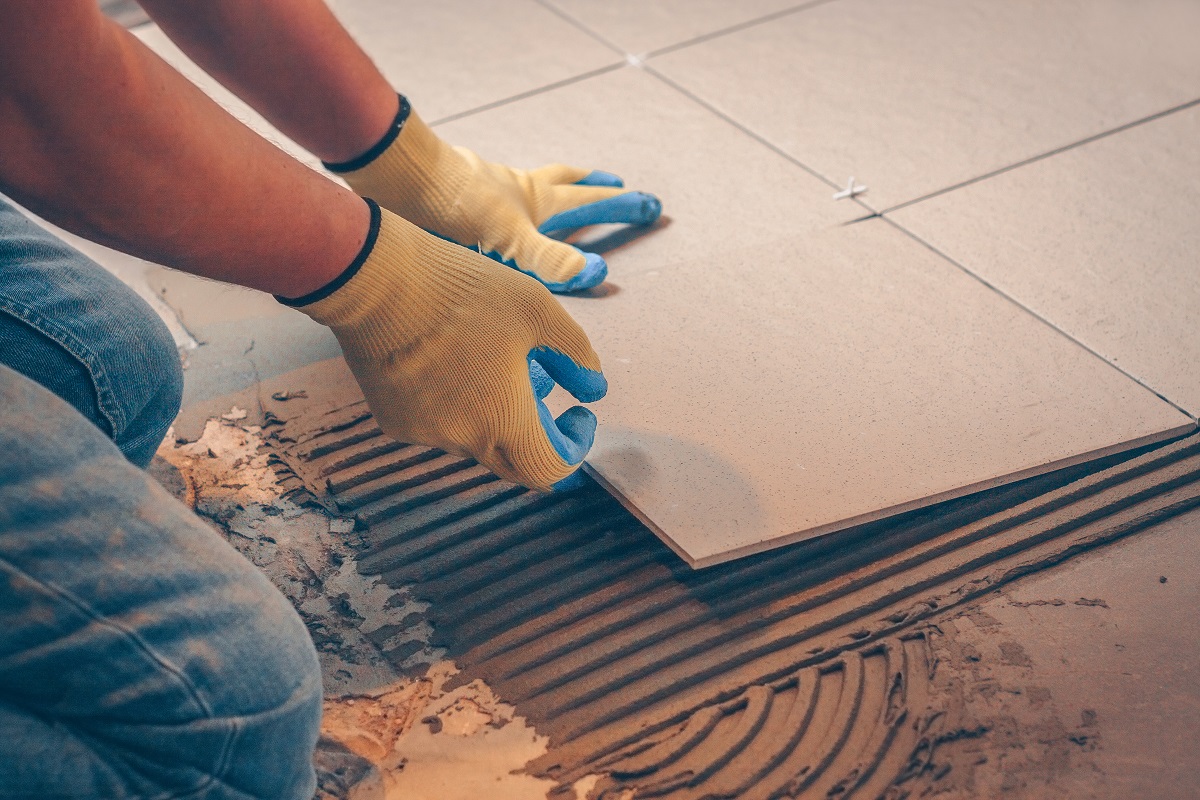Whether you’re building or renovating your home, choosing the design materials seems like a daunting task. But if you think deciding on a wood type is complicated, wait until you have to select a tile style for your bathroom or kitchen. There are thousands of colors, styles, and textures to choose from. And even if you’ve decided on one tile, you still have to match it with your home’s decor.
You can hire tile setters in Seattle, but the final decision is still yours. There are many factors to consider when choosing the right tile style for your home. Here are some of the things you must remember when designing with tiles:
1. Location
Tiles are favored for their water resistance, durability, and ease in cleaning, which is why they’re often used in bathrooms, kitchens, and other high-traffic areas. Not all tile styles are suitable for your home, however. You have to consider the space and how it’s used when choosing a tile for a room.
For instance, choose a tile with a textured surface for your bathroom instead of a smooth tile to avoid slips and falls. For a mudroom or entryway, a smooth-surface flooring is easier to clean.
Consider porcelain tiles for high-traffic areas such as the living room. Ceramic tiles should only be used indoors, however, as they are not designed to last long against the elements.
2. Color
Color is an incredibly powerful tool. It can influence a person’s mood and determine the attitude of a particular space. When choosing a tile color, make sure it’s in line with your vision for the room.
Dark colors help convey warmth, but you need to contrast it with open spaces and carefully designed lighting to keep the browns and blacks from overwhelming the space. Browns infused with red and dark-hued blues are often used for kitchens.

If you want to express a bright and open feeling, choose light colors such as whites and yellows. Pastels and white-adjacent colors such as cream also help make a smaller space look bigger.
For high-traffic areas such as entryways, you might want to mix things up with a variety of closely-related dark shades. The variation in color will help hide stains and dirt. Browns or patterned tiles can also provide an eye-catching contrast while masking dirt damage.
If you want to infuse a room with more vibrant energy, consult a color wheel. Think of the color scheme of the room decor and fixtures and then check the wheel: the color on the opposite side of the wheel is your tile color.
3. Pattern
Patterned tiles can help break the monotony and make a room feel more energetic. However, it’s also easy to go overboard, so exercise restraint when designing with tile patterns. Marble and stone patterns can imbue a room with a classical and subtle look. It can also make it seem more serious, so avoid these patterns for playrooms and children’s spaces.
The choice placement of surface patterns can help make a space more exciting and provide a visual focal point. However, always contrast it with simple colors to avoid pattern clashing.
With so many factors to consider, choosing the perfect tiles for a room might seem like an impossible task. If you organize your ideas and act methodically when designing a space, you’ll find the job easier and more manageable. Strike a balance between form and function to make your life easier.
